The research aims at investigating the use of phase change material(PCM) within glazing system to address shading and insulation issues. The investigation is exploring the optimized self-shading geometries based on geo-location and orientation and computational analysis of the PCM based thermodynamic system.
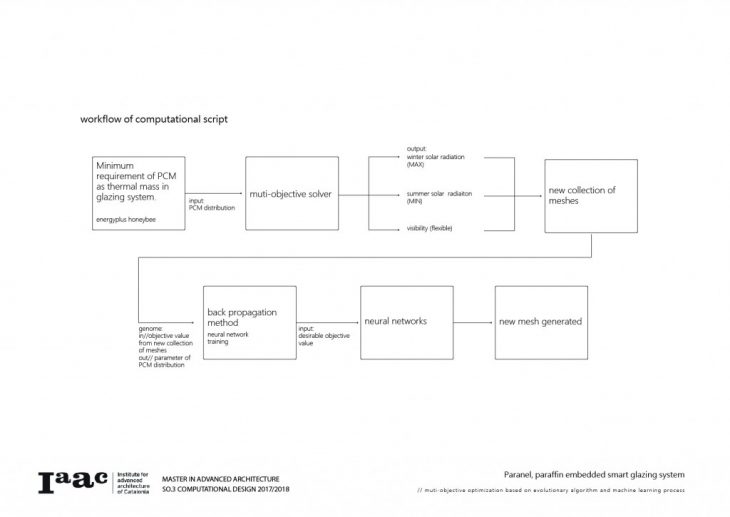
First of all, to systematically control the indoor comfort, the amount of PCM applied in glazing system will be critical. The following animation represents the analysis result of how PCM volume affect the indoor temperature. To know further about energy modeling in grasshopper, please refer to the Honeybee of grasshopper.
Second, to maximize the self-shading effect and to control the solar energy gain, the distribution of PCM in glazing system need to be optimized. In this research, we introduce the muti-objective solver, Octopus, with the Pareto front outcome to understand the relation among winter solar radiation, summer radiation, and glazing visibility. The following is the outcome from the multiobjective solver.
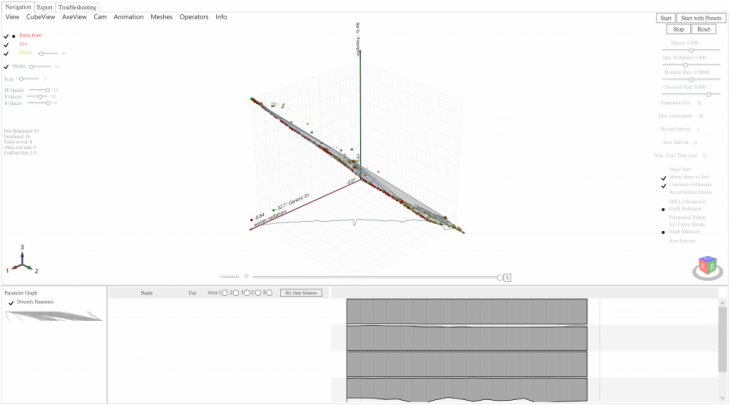
Last but not least, to well control the geometry and distribution of PCM in double glazing system, we introduce the back propagation method to train the machine in weighing the relation between objective value and the design parameters. With Owl, a machine learning plugin in grasshopper( thanks for the contribution of Mateusz Zwierzycki), the grasshoppers can easily access the data training process without programming. The following is the result of supervised learning. By changing the visibility from low(0.1) to high (1.0), the quantity of PCM(diamond shape) is decreasing. Well to notice, the minimum required PCM was informed by the previous thermal analysis.
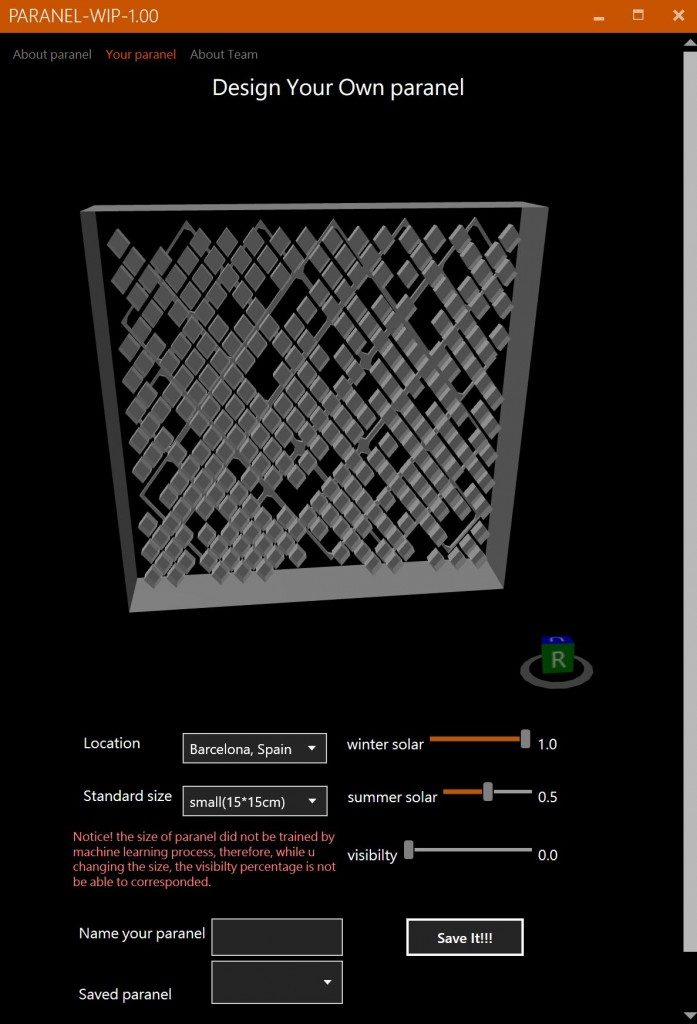
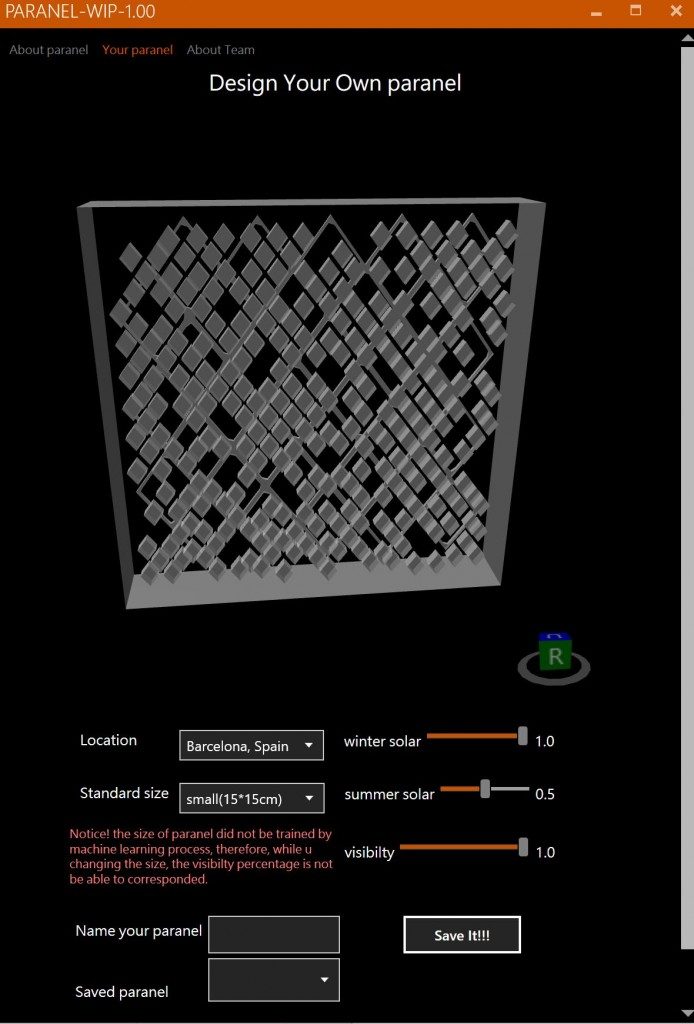
For detailing scripting, please refer to the following picture.
Also, following video shows the brief of the entire post.
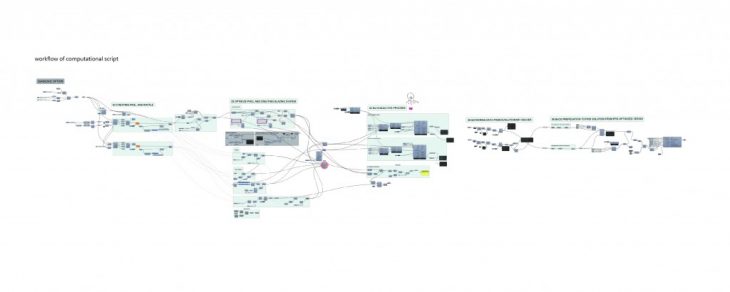
This exercise is part of the SO.3 – Computational Design.
Faculty :Rodrigo Aguirre and Aldo Sollazzo.
Phase Change Material embedded in glazing system-an Artificial Evolutionary design
developed at MAA01 in 2017-2018 by:
Students:
Yuchen Chen, Aman Jain, Alberto Holguin, Takeru Osoegawa